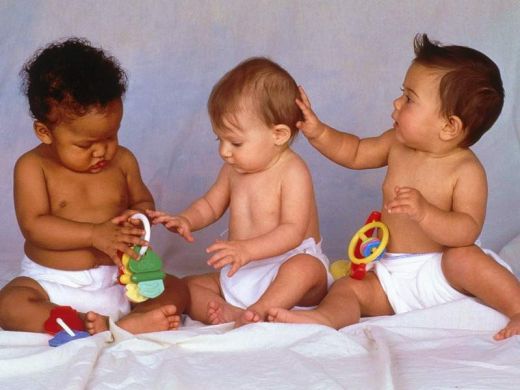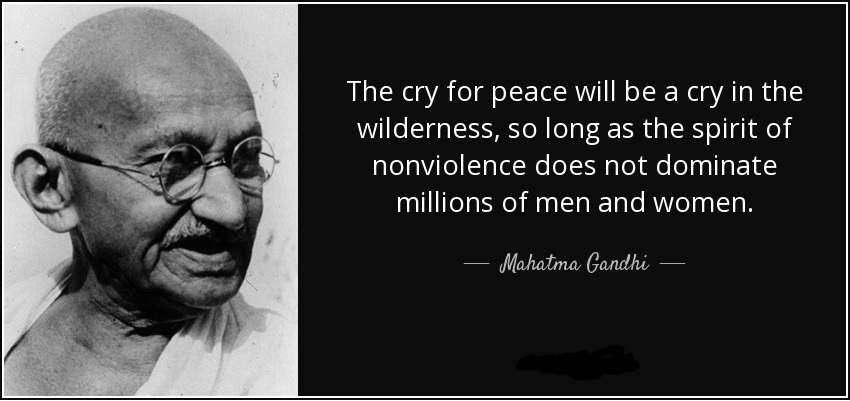
Nature versus nurture. Most of the time we’re told that children are not born with hate, they’re taught it. However, a new study by the University of Massachusetts says different.
By the time infants are 9-months-old they’re better able to recognize the faces and emotions of people who look like them. What’s appalling is that this distinction doesn’t occur in in younger infants.
These results suggest that biases in face recognition and perception begin in preverbal infants, well before concepts about race are formed. It is important for us to understand the nature of these biases in order to reduce or eliminate [the biases],” said study researcher Lisa Scott, a psychologist at the University of Massachusetts, Amherst, in a statement.
In the study, 48 Caucasian infants were given the task of differentiating between faces of their own race and faces that belonged to another, unfamiliar, race. In another experiment, sensors placed on the babies’ heads detected brain activity when the babies saw images of faces of Caucasian or African-American races expressing emotions that either matched or did not match sounds they heard, such as laughing and crying.
Check out this amateur video demonstration that is YouTube Sensation:
It’s not a secret that our country is STILL struggling with race relations…years after the end of Jim Crow. Many ware working to build a “post-racial” society, but acting like we don’t see color is oversimplification and does nothing to solve bias and engrained prejudice. If more babies were exposed to different ethnicities would this help to create better understanding as the children grew up? Another study also touches on the old “we all look alike theory,” you know when the press mistakes “The View’s Sherri Shephard for actress Octavia Spencer who played Minne, from “The Help.” The researchers found that brain activity increases in the very first 200 to 250 milliseconds when seeing both same-race and other-race faces. Previous research has associated this very early phase, known as the N200 brain potential, with the perceptual process of individuation.” There appears to be a critical phase shortly after an other-race face appears that determines whether or not that face will be remembered or forgotten,” Heather Lucas, the study’s lead author, said in a statement.
What’s interesting to me about this study is that it shows a lot of the differences occur as the child gets older. Think about the young children in your life, are they intimidated when interacting with a child/adult of another race? More importantly what can be done to combat this?



